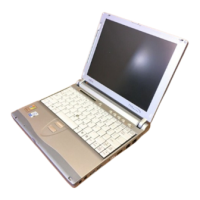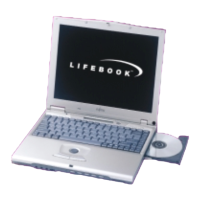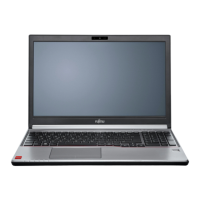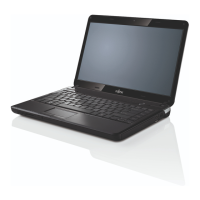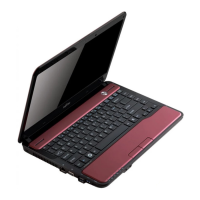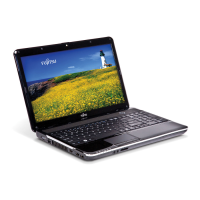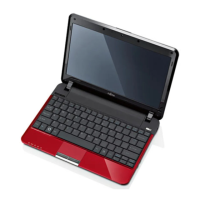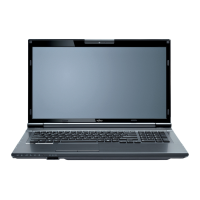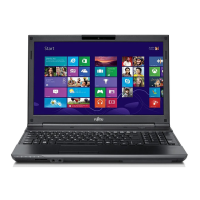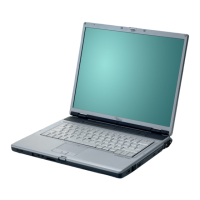Manufacturer’s notes
• Connect the equipment into an outlet that is on a different circuit than the receiver.
• Consult the dealer or an experienced radio/TV technician for help.
Notice to Users o f the US Telephone Network
Your notebook may be supplied with an internal modem which complies with Part 68 of the
FCC rules. On this notebook is a label that contains the F CC Registration Number and the
Ringer Equivalence Number (REN) for this equipment among other information. If requested,
the user must provide their telephone company with the following information:
1. The telephone number to which the n otebook is connected.
2. The Ringer Equivalence Number (REN) for this equipment.
3. The equipment requires a sta ndard modular jack type USOC RJ-11C
which is F CC Part 68 compliant.
4. The FCC Registration N umber.
This equipment is designed to b e connected to the telephon e network or premises wiring using
a standard mod ular jack type USOC RJ-11C w hich is FCC Part 68 compliant and a line cord
between the modem and the telephone network with a minimum of 26AWG.
The R EN is used to determine the numbe r of devices that you may connect to your telephone
line and still have all of those devices ring when your number is called. Too many devices
on one line may result in failure to ring in response to an incoming call. In most, but not all,
areas the sum of the RENs of all of the devices should not exceed fiv e (5). To be certain
of the nu m ber of devices you may connect to your line, as determined by the REN s, contact
your local telephone company. If this equipment causes harm to the telephone network, your
telephone company may discontinue yo ur servic e temporarily. If possible, they will notify you
in advance. If advance notice is not practical the y will notify y ou as soon as possible. You
will also be advised of your right to file a complaint with the FCC.
This fax modem also complies with fax branding requirements per FCC Part 68.
Your telephone company will probably ask you to disconnect this equipment from the telephone
network until the problem is corrected and you are sure that the equipment is not malfunctioning.
This equipment may not be used on coin-operated telephones provided by your telephone
company. Connection to party lines is subject to s tate tariffs. Contact your state’s public utility
commission, pu blic service commission or c orpo ration commission for more information.
This equipment includes automatic dialing capability. When programming and/or
making test calls to emergency numbers:
• Remain on t he line and briefly explain to the dispatche r the reason for the call.
• Perform such activities in off-peak hours, such as early morning or late evening.
FCC rules prohibit the use of non-hearing aid compatible telephones in the
following locations or applications:
• All public or semi-public coin-operated or credit card telephones.
• Elevators, highways, tun nels (automobile, subway, railroad or pedestrian) where a
person with impaired hearing might be isolated in an em ergency.
• Places where telephones are specifically insta lled to alert emergency authorities
such as fire, police or medical a ssistance personnel.
• Hospital rooms, residential health care facilities, convalescent homes and prisons.
• Hotel, motel or apartment lobbies.
• Stores where telephones are used by patrons to order merchandise.
Fujitsu Technology Solutions 89
Downloaded from LpManual.com Manuals
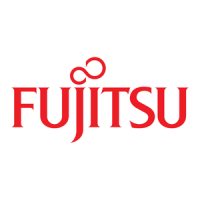
